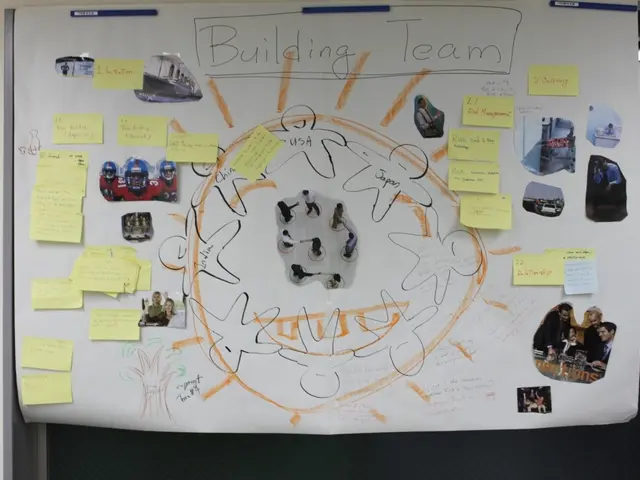Making Choices
The University of Oregon's Holden Leadership Center published a comprehensive guide on group decision-making in 2009, providing insights into the intricacies of coalition decision-making. One of the key publications that emerged from this research is J. Raynor's 2011 work, What Makes an Effective Coalition? Evidence-Based Indicators of Success.
Consensus and majority rule are two fundamental approaches to coalition decision-making, each with its own strengths and challenges.
Consensus, with a focus on collaboration and agreement among all members, ensures everyone has a voice. This often results in more stable and widely supported decisions, particularly for complex challenges and fostering trust and alignment in diverse groups. However, consensus can be slow and difficult when groups are large, polarized, or under time pressure. To improve consensus-building, techniques such as establishing clear shared objectives, creating an open communication environment, managing disagreements constructively, and employing structured processes like the Nominal Group Technique (NGT) and the Delphi Method can be beneficial.
Majority rule, while not directly detailed in the results, generally allows for faster decisions by following the preference of the majority. This approach is more practical in high-stakes or urgent situations. However, it can alienate minorities within a coalition, potentially weakening long-term cohesion. Techniques to improve majority rule decision-making include ensuring transparent, inclusive preliminary discussions, using iterative voting or runoff systems, and building organizational capacity for negotiation and coordination among coalition members.
Investing in coalition negotiation skills can enhance majority-rule effectiveness, while employing structured decision techniques, clear communication, and recognising subgroup influences can improve consensus-building. This balanced approach fosters stronger, more sustainable coalition decision-making overall.
For resources on various coalition processes, coalition evaluation, community assessment, vision development, action planning, and evaluation, Coalitions Work, Iowa State University, North Central Regional Center for Rural Development, the Asset-Based Community Development Institute, the Ohio Center for Action on Coalition Development, the University of Kansas, and the University of Wisconsin-Extension are valuable sources. These institutions offer a wealth of downloadable resources, toolkits, and publications to aid in effective coalition decision-making.
[1] Source: University of Oregon, Holden Leadership Center (2009) [2] Source: J. Raynor (2011) [3] Source: J. Raynor (2011) and various coalition studies on opposition coalitions adapting through repeated elections.
The comprehensive guide published by the University of Oregon's Holden Leadership Center in 2009 discussed the importance of science in guiding coalition decision-making, citing evidence-based indicators of success in coalitions. In the context of rural development and community development, health-and-wellness, fitness-and-exercise programs could greatly benefit from the application of these insights, ensuring decisions are made effectively and collaboratively.
Considering J. Raynor's 2011 work, What Makes an Effective Coalition? Evidence-Based Indicators of Success, science-based approaches to coalition decision-making in rural development and health-and-wellness programs can foster healthier, more vibrant communities by facilitating collaboration and agreement among stakeholders.







